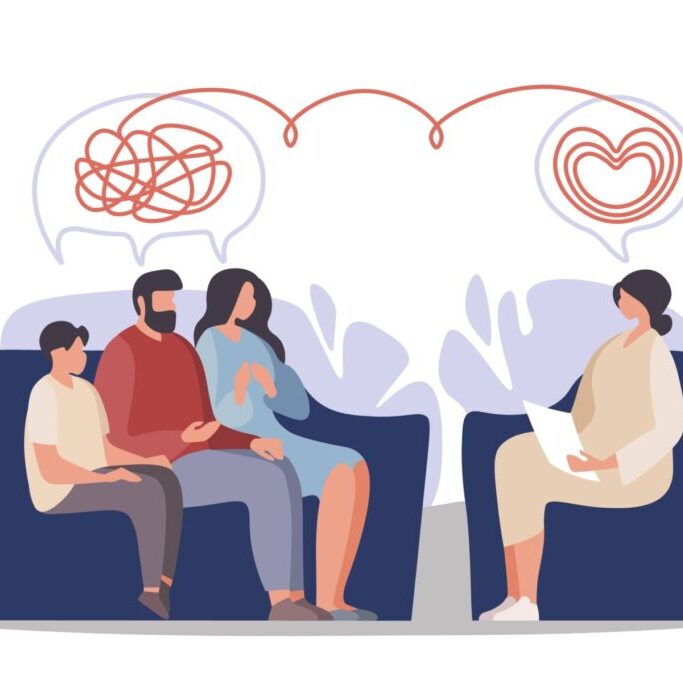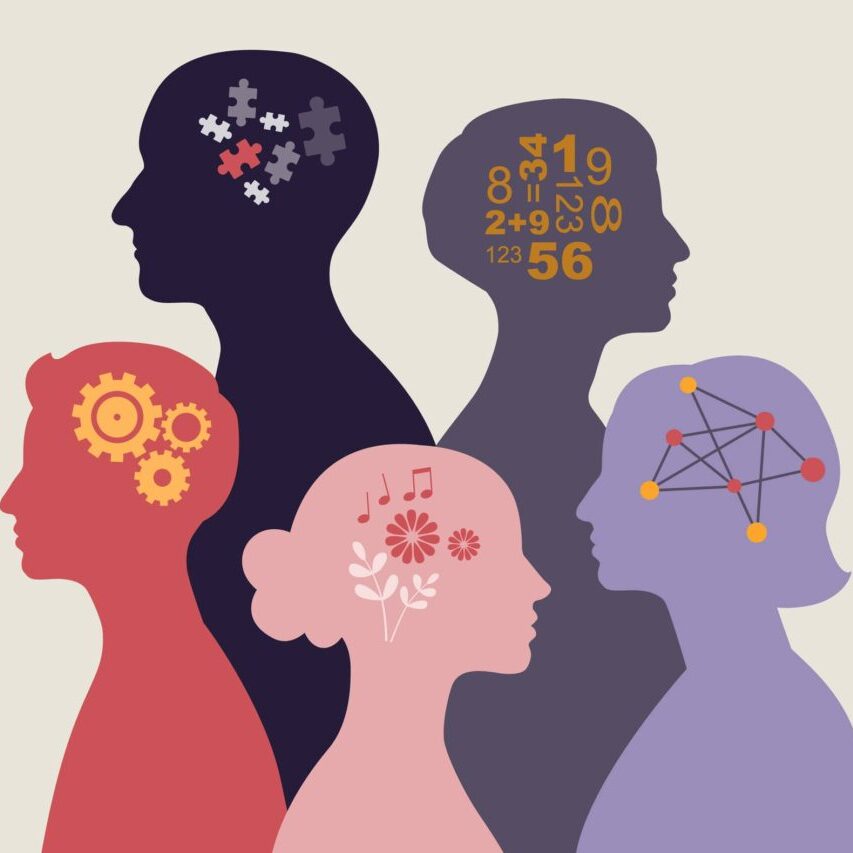What Can Your Trauma Triggers Teach You

Trauma triggers can be confusing, dysregulating, and uncomfortable, but they are filled with insights.
Ever wonder why your new co-worker, who you don’t even know, already bothers you so much? Why the sound of a Chicago L grates your ears? Why the name of your ex makes you shutter?
Simple put, a trigger is an emotional wound that has not been healed.
Trauma triggers are stimuli or situations that remind you of a traumatic experience (Think both tradition “trauma” as well as small “t” trauma that includes any time your nervous system was overwhelmed.). Triggers can be internal, such as thoughts or memories, or external, such as certain smells, sounds, or sights. The intensity of our emotional response can indicate how long the trigger has been suppressed or just how unhealed or unprocessed the traumatic experience is.
Despite the discomfort that they often produce, triggers are not necessarily negative – they provide us an opportunity for self-reflection and growth. Unfortunately, exploring our triggers requires us to approach the unhealed wound that we have tried to avoid; but when done so, the rewards can be great. By working to heal our triggers, we can alter our own experience and improve our interactions with others.
Start with recognition:
- Notice your physical and emotional responses: Start by paying attention to your body’s reactions and your emotions when you are in different situations. For example, you may notice that you feel anxious or stressed when you are in a certain location, or your heart rate increases when you hear a specific sound. These physical and emotional responses can give you clues to your triggers.
- Keep a trigger journal: Keep a journal to track the events that trigger negative emotions or behaviors in you. Write down the circumstances, your emotions, and your reactions in detail. This journal can help you identify patterns and gain insights into your triggers. Over time, you may see recurring themes or patterns that will help you understand your trauma triggers better.
- Explore your past experiences: Often, our trauma triggers are rooted in past experiences. Take time to reflect on significant events or experiences in your life, especially those that may have been traumatic or emotionally charged. Think about how these experiences may be related to your current triggers. You can also seek support from a trauma therapist to help you explore your past experiences and how they impact your current emotional responses.
- Practice mindfulness: Mindfulness is a technique that can help you become more aware of your thoughts and emotions in the present moment. With mindfulness, you can learn to observe your thoughts and emotions without judgment, which can help you identify your triggers more clearly. You can start practicing mindfulness by paying attention to your breath, focusing on your senses, and being present in the moment. There are various mindfulness techniques and practices that you can explore to help you identify and understand your trauma triggers.
As you’re more aware of your triggers, you can begin to use them to learn about yourself.
- Deepen self-awareness: Identifying your triggers is the first step to self-awareness. By acknowledging and understanding your triggers, you can gain insights into your emotions, behaviors, and patterns. How do you respond? Do you want to respond differently? What skills would you have to use to do so? What are your fears or insecurities? What values or needs are not being met? Use this information to learn and grow.
- Gain empowerment: Triggers can be uncomfortable, but discomfort isn’t bad. By mindfully experiencing triggers as “just a pattern of sensation” you acknowledge the physical sensations that arise when triggered without judgment or interpretation. You view the trigger as a temporary pattern of bodily sensations, such as tightness in the chest or a knot in the stomach, rather than interpreting it as a catastrophic event. This approach involves cultivating a sense of curiosity and openness to the experience, as if observing it from a distance. Rather than reacting impulsively or trying to suppress the trigger, you acknowledge it as a passing pattern of sensation, like a wave that will crest and then recede. By experiencing triggers in this way, triggers aren’t as scary or alarming.
- Improve coping: In addition mindfully experiencing your trigger as a pattern of sensation, you can develop other effective coping strategies to manage them. Coping strategies may include breathing exercises, seeking support from a trauma therapist, or engaging in physical activities like exercise or yoga. With effective coping strategies, you can manage your triggers in a healthy way and prevent them from controlling you.
- Effectively communicate: Knowing your triggers can help you communicate more effectively with others. For example, if you know that a particular topic triggers negative emotions in you, you can communicate this to others and set boundaries. This can help prevent conflicts and misunderstandings and improve your relationships.
- Enhance resilience: By learning to recognize and manage your triggers, you can develop resilience and strengthen your ability to cope with stress and adversity. In doing so, you will gain confidence in your ability to navigate the next difficult situation.
- Cultivate empathy: Understanding your own triggers can also help you develop empathy for others. By recognizing that everyone has their own triggers and emotional responses, you can become more compassionate and understanding. This can improve your relationships and help you connect more deeply with others.
We all have unhealed wounds and we all react to them at times. But our reactions to these triggers can help us heal the wound, approach the experiences we may be avoiding, and live more empowered and free lives. Contact us to schedule an appointment with one of our therapists today!
This blog is made for informational and educational purposes only. It is not medical advice.
The information in this blog is not intended to (1) replace a one-on-one relationship with a qualified licensed health care provider, (2) create or establish a provider-patient relationship, or (3) create a duty for us to follow up with you.



